NASA presented the appearance and scientific instruments of the new rover
Yesterday I
wrote about the wheel for the new rover, and today NASA
presented the updated image of the rover itself. About the new rover, called Mars 2020, was announced in 2014. Outwardly, it is very similar to its predecessor, Curiosity, and is 85% based on its nodes. Among the innovations listed are better autonomy, new navigation during landing and improved wheels. The arm can not only drill, but also capture samples of solid rock that can be delivered to the ground in a future
mission .
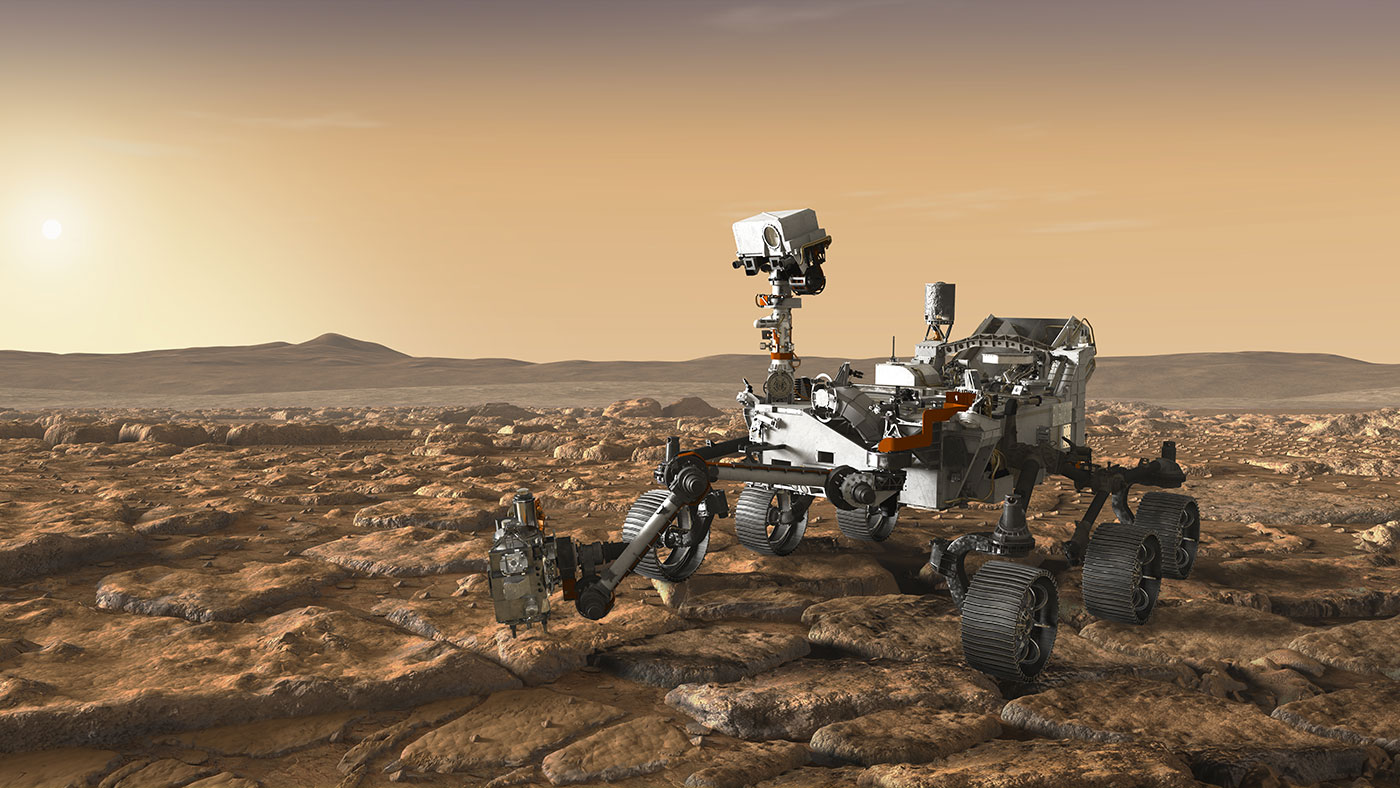
The NASA instruments list the
PIXL and
SHERLOC spectrometers and the
RIMFAX ground penetrating
radar, which makes it possible to probe the geological structure of the subsoil with a resolution of a centimeter at a depth of 10 meters below the surface of Mars.
MOXIE , an experimental instrument that will produce oxygen from the atmosphere of Mars, consisting of carbon dioxide, is also of interest. “Mars 2020 is completed with new tasks and is intended primarily to search for signs of the existence of life in one form or another on the surface of the Red Planet and under the surface more than 3.5 billion years ago,” writes
TASS .
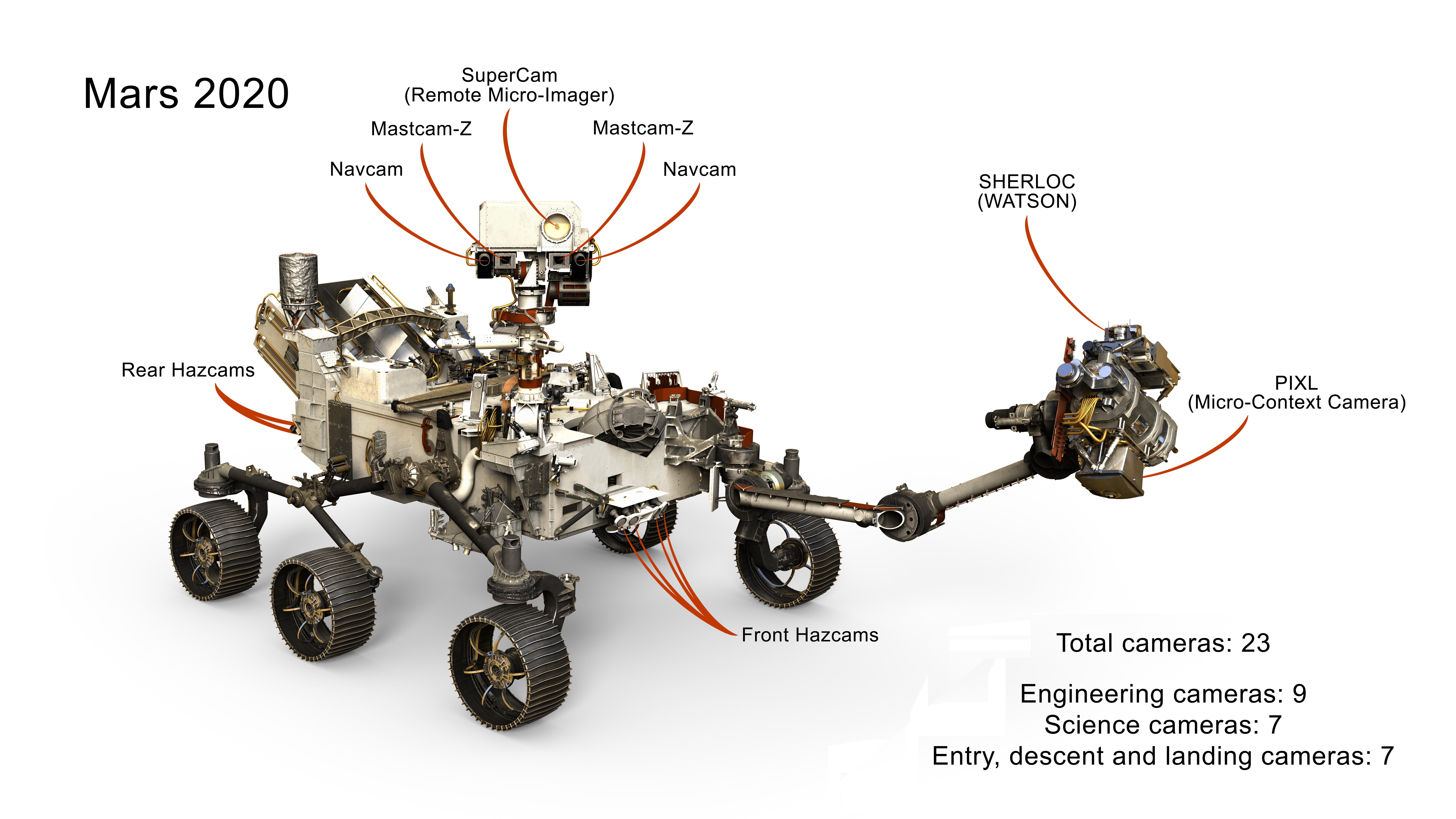
The launch is scheduled for 2020, and the landing for February 2021.
The first launch of Falcon Heavy was postponed again.
SpaceX representatives
reported on the transfer of the first launch of Falcon Heavy to January 2018. The launch will take place from the launch kit 39A, where the Saturn 5 and Space Shuttle previously started.
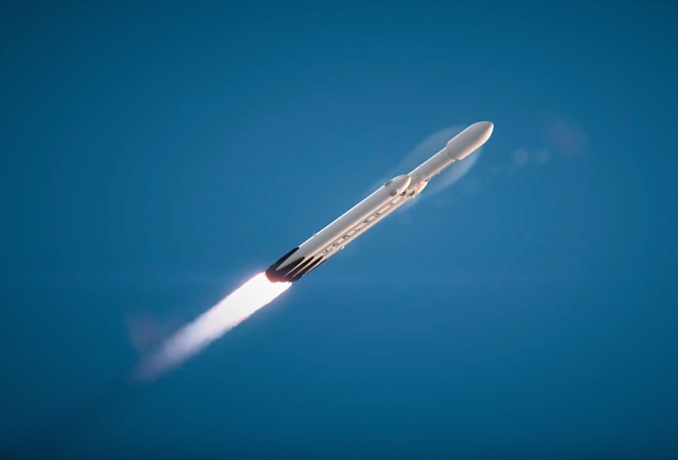
Within a few weeks, the rocket will be assembled and delivered to the site. In December, a static burn is expected right on the launch pad - for Falcon Heavy there is no technical possibility to conduct bench tests. Previously, the components have already been tested for suitability, and now, for the first time, all 27 Merlin 1D engines will work together.
NASA doubts the reliability of the new manned ships Dragon and CST-100 Starliner
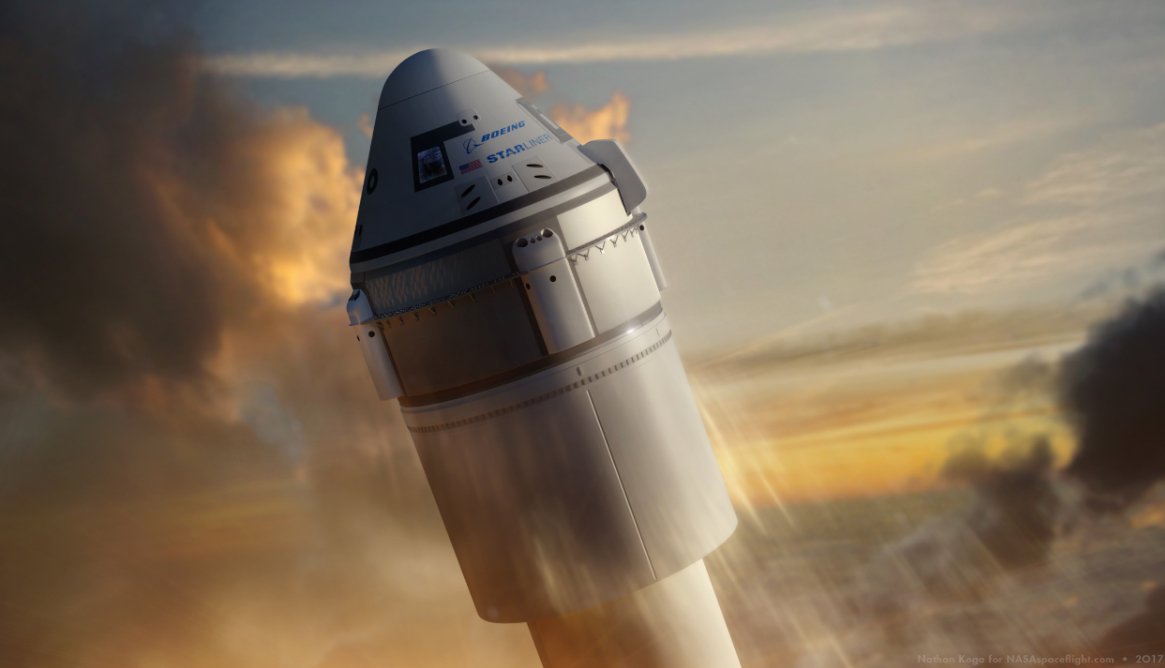
According
to sources in the Wall Street Journal, both SpaceX and Boeing spacecraft do not meet the requirements of the NASA Advisory Board in terms of the probability of loss of crew, which may give rise to new postponements. NASA has tightened safety requirements after a bad experience with shuttle. Under the new requirements, the probability of an accident with casualties should be 1 out of 270 flights against 1 out of 90, as in the case of shuttle. This takes into account not only starts and landings, but also time in space.
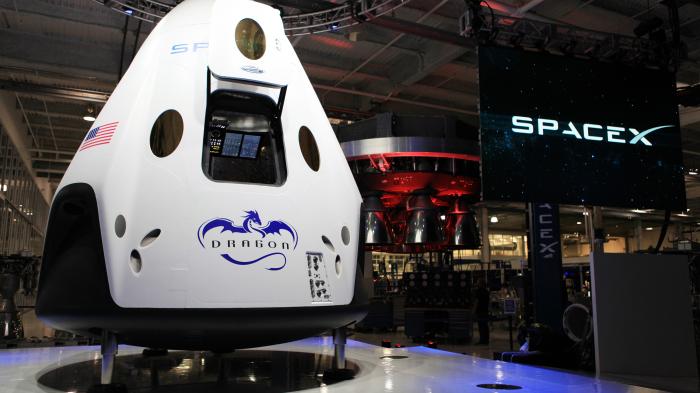
It was originally planned to begin regular flights this year, but so far even flight tests have not begun. Boeing will conduct flight tests in August 2018, and the first manned demo flight in November 2018. At SpaceX, the first demo launch of the Dragon spacecraft to the ISS is scheduled for April 2018, and the manned flight to the ISS is scheduled for August 2018. So here SpaceX has a chance to overtake Boeing.
UPD: According to the new
document at NASA are pleased with the progress of both firms.